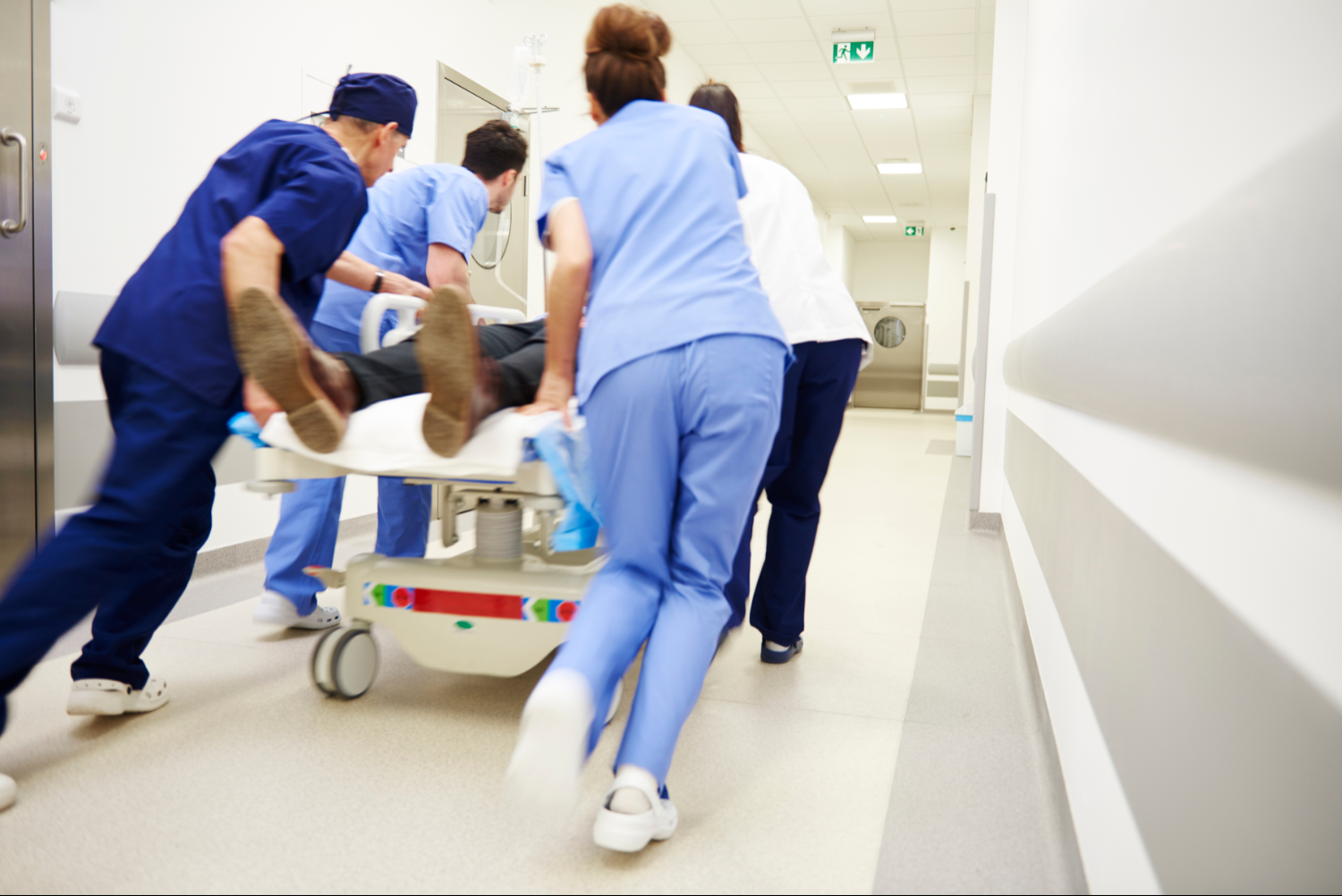Falling From Vehicles
Written by the Personal Injury team | Workplace Injury | 4th February 2020
Falling from vehicles is not uncommon, with even more of those falling being struck by moving vehicles. Each year around 2000 people have an accident after falling from vehicles. As a result of this common occurrence, employers must take reasonable steps to ensure that Health and Safety provisions are set in place to minimise the risk of accident. But what happens when you have a Defendant who has appeared to take reasonable steps in order to minimise the risk, but the Claimant argues that these weren’t sufficient, due to the severity of risk?
A recent Appeal Court case dealt with these issues
The Claimant had been unloading bathroom fittings including bathtubs from the rear of the van onto the tail lift by using a pallet pump truck (PPT). The pallets were lowered to the ground on several occasions to be unloaded. He was standing on the inside of the van when witnesses heard a loud bang. The Claimant had accidentally fallen out of the back of the van. As a result he suffered a serious head injury resulting in loss of memory.
It was argued that the Defendant in this case had been negligent in failing to ensure that the health and safety protocols had been followed as there was insignificant training on the potential risk of falling from the back of a vehicle. It was asserted that there was a breach by the Defendant under a number of safety regulations.
The Defendant had supposedly failed to conduct a suitable and significant risk assessment, to take suitable and sufficient measures to prevent any person falling a distance liable to causing injury and to ensure the claimant specifically understood the method to be adopted and the risk allocated. The defendant had completed a risk assessment considering a fall when accessing the loading bay, and identified the risk as low.
The ruling
The court ruled that having the tail lift up was not a proportionate safety measure, as someone in the van performing their delivery duties would be waiting for the pallets to return after lowering them moments before. They could be expected to be aware of the edge. As the Claimant was performing his duties, he would be aware that the tail lift was lowered. The judge therefore rejected that employees should not have been permitted in the van loading bay unless the tail lift was up.
He rejected the suggestion there should have been fall equipment such as harnesses , markings near the rear of the van or compulsory hard hats as this would be reasonably impracticable considering the level of risk being low. Overall, the burden of proving that steps were not reasonably practicable is firmly on the employer. However, where it is not obvious what steps might be taken to reduce the risk it, should be a duty of the claimant to identify the steps he said he should have taken. In this case, it would be the duty of the claimant to ensure he was not standing near the edge.
The judge wasn’t satisfied that the suggestion of lack of planning or supervision had been proved. The risk of a fall and of injury was identified and the steps were taken to reduce it. The claimant was sufficiently trained to carry out this operation and was well aware of the risks of falling from the back of the lorry.
The appeal
The court considered the Claimant’s argument in relation to what provisions were reasonably practicable, and whether the post-accident risk assessment detailed the correct severity of risk.
It was alleged that a suitable risk assessment should have been carried out which identified the raising of the tail lift as a safety measure to prevent falls for anyone working in the back of the van. The pre-accident risk assessment did not assess and identify the risk of falling AFTER the loading bed had been accessed, only training of staff on the operation of the tail lift and the chance of falling whilst accessing the loading bay. The risk associated was considered low. These new safety provisions were incorporated post-accident and ensuring that no member of staff is left unprotected when working at height and investigating the suitability of fall arrest equipment. The risk associated was then considered as high.
Reasonably practicable should take into account whether the time, trouble and expense of precaution suggested are not disproportionate of the risk involved. The risk was high in this case and should have been put into context of reasonable practicality.
The defendant failing to address this high risk pre-accident, was deemed to be in breach of the safety regulations.
The court considered the Claimant’s maturity, experience and the obviousness of the danger as the claimant had lowered the lift moments earlier, so was aware that there was a drop. The court also considered the fact that there had been a breach of regulation to protect an employee’s safety.
The results
As a result the Judge allowed the appeal finding the employers to be liable for the Claimant’s accident. The Claimant however had to bear a large proportion of the blame.
Usually, an employer will bear the lion’s share but in this case the Claimant was found to be 50% to blame such that he will recover 50% of his compensation.
Speak to a friendly Personal Injury Solicitor
If you’re thinking of making a personal injury claim, please feel free to get in touch. You can reach our Personal Injury lawyers in Plymouth on 01752 827085. You can also email us at TeamPersonalInjury@nash.co.uk. A member of the team will be more than happy to talk to you.











